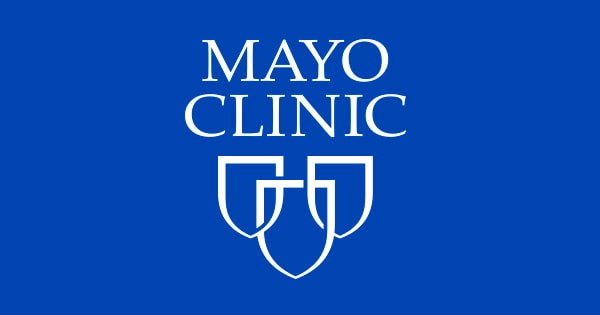A pulled chest muscle is a condition that occurs when a person strains the muscles or tendons in the chest area. It is usually caused by overexertion during physical activity, but can also occur due to athletic injuries, trauma, or certain medical conditions. Symptoms of a pulled chest muscle include pain and tenderness when pressure is applied to the affected area, restricted movement, muscle weakness or spasms, swelling, and bruising.

Table Of Content:
- Pulled Chest Muscle: Symptoms, Treatment, Recovery, and More
- Pulled muscle in chest: Causes, symptoms, and recovery
- Pulled Chest Muscle, Chest Wall Pain - Symptoms, Treatment
- Pulled Chest Muscle: Causes, Concerns, and Treatments for Relief
- Costochondritis & Chest Wall Pain | Rib Injury Clinic
- Can a Chest Muscle Strain Feel Like a Heart Attack?
- How to Cope with an Intercostal Muscle Strain – Cleveland Clinic
- Pectoralis Major Strain - Sports Clinic NQ
- Chest pain | NHS inform
- Muscle strains - Symptoms and causes - Mayo Clinic
1. Pulled Chest Muscle: Symptoms, Treatment, Recovery, and More
https://www.healthline.com/health/pulled-chest-muscle
2. Pulled muscle in chest: Causes, symptoms, and recovery
https://www.medicalnewstoday.com/articles/324534
3. Pulled Chest Muscle, Chest Wall Pain - Symptoms, Treatment
https://angletoner.com/pulled-chest-muscle/
4. Pulled Chest Muscle: Causes, Concerns, and Treatments for Relief
https://blog.getluna.com/pulled-chest-muscle-causes
5. Costochondritis & Chest Wall Pain | Rib Injury Clinic
https://www.ribinjuryclinic.com/conditions/costochondritis-other-inflammatory-problems/
6. Can a Chest Muscle Strain Feel Like a Heart Attack?
https://www.medicinenet.com/can_a_chest_muscle_strain_feel_like_a_heart_attack/article.htm
7. How to Cope with an Intercostal Muscle Strain – Cleveland Clinic
https://health.clevelandclinic.org/how-to-cope-with-an-intercostal-muscle-strain/
8. Pectoralis Major Strain - Sports Clinic NQ
https://sportsclinicnq.com.au/pectoralis-major-strain/
9. Chest pain | NHS inform
https://www.nhsinform.scot/illnesses-and-conditions/heart-and-blood-vessels/conditions/chest-pain
10. Muscle strains - Symptoms and causes - Mayo Clinic
https://www.mayoclinic.org/diseases-conditions/muscle-strains/symptoms-causes/syc-20450507
What causes a pulled chest muscle?
A pulled chest muscle is usually caused by overexertion during physical activity such as lifting heavy weights or engaging in intense sports activities. It can also be caused by injury, trauma, or certain medical conditions.
What are the symptoms of a pulled chest muscle?
Symptoms of a pulled chest muscle include pain and tenderness when pressure is applied to the affected area, restricted movement, muscle weakness or spasms, swelling, and bruising.
How should a pulled chest muscle be treated?
Treatment for a pulled chest muscle varies depending on its severity but typically involves rest and avoiding activities that place strain on the affected area. Ice or cold therapy may help reduce pain and inflammation while nonsteroidal anti-inflammatory drugs can help manage symptoms. Physical therapy may also be recommended to strengthen weak muscles and improve flexibility. In some cases surgery may be required if there is severe damage.
Can I prevent pulled chest muscles?
Pulled chest muscles can't always be prevented but it is important to warm up properly before physical activities and don't push beyond your limits when exercising or engaging in sports related activities as this can increase your risk of injury. If you experience any signs of discomfort it's best to stop and take some time out from exercise until the discomfort has subsided completely.
How long does it take for a pulled chest muscle to heal?
The amount of time it takes for a pulled chest muscle to heal depends on its severity but typically it can take anywhere from two weeks to six months for full recovery depending on how quickly you respond to treatment prescribed by your doctor. Resting your body thoroughly and following instructions carefully will play an important role in speeding up recovery.
Conclusion:
Pulled chest muscles are common conditions that occur when a person strains their muscles or tendons in the area which can cause pain and tenderness upon applying pressure as well as restricted movement amongst other symptoms which vary depending on its severity. Treatment usually involves rest with ice/cold therapy helping reduce pain while physical therapy helps strengthen weak muscles along with improving flexibility whilst nonsteroidal anti-inflammatory drugs help manage symptoms too. To prevent injuries proper warm ups must be done before exercising with caution used not to push beyond one’s limits as this could lead you into getting an injury yourself; this alongside following prescriptions given by doctors should see safety taking precedence over trying cure itself at home without appropriate advice being taken beforehand..
